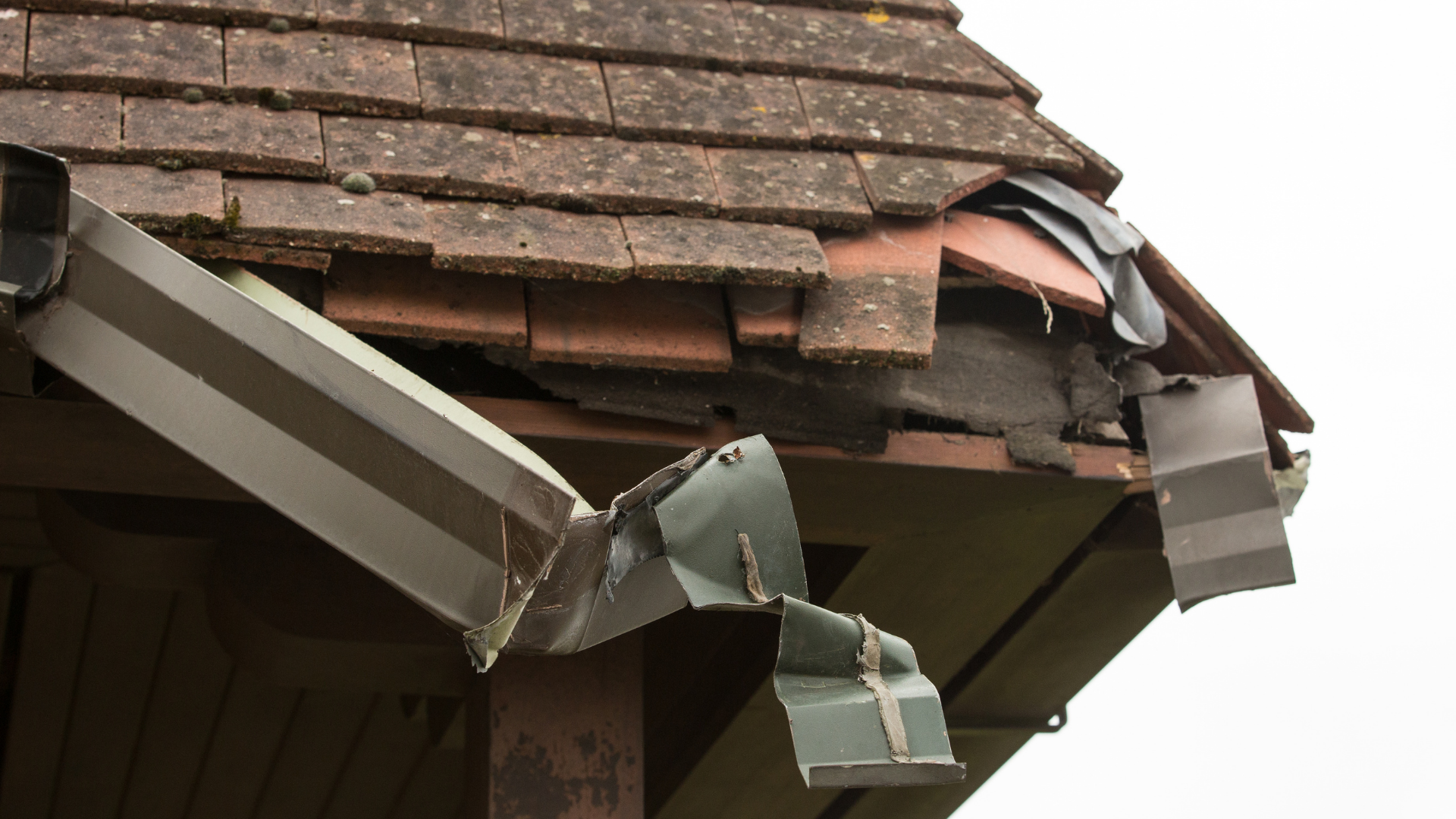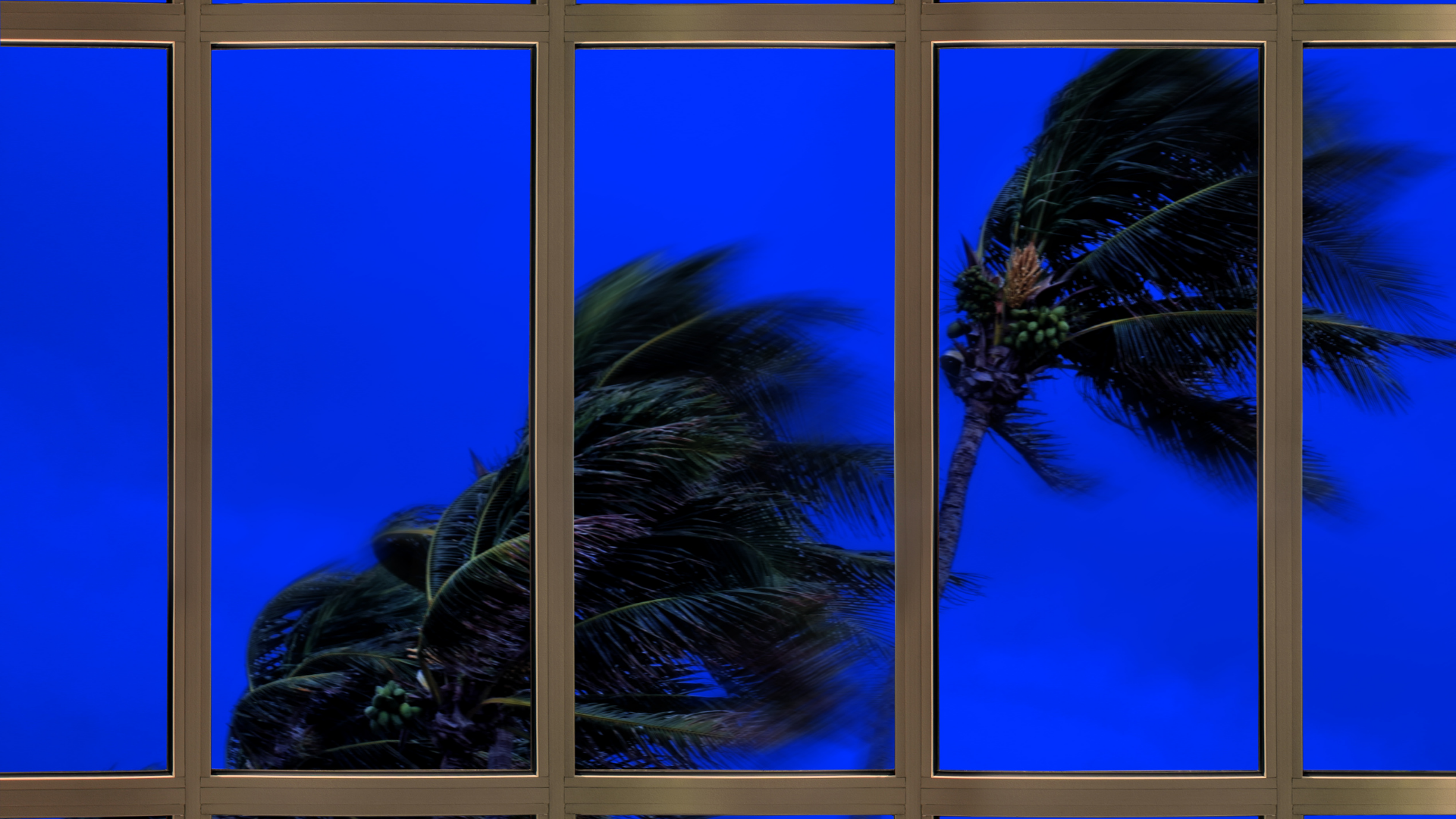Storm Damage Repair Tips
The aftermath of a storm can be devastating. The wind and rain can rip through your home, tearing down walls, flooding the basement, and even uprooting trees. It’s important to know what to do when this happens so that you’re not left paying for costly repairs on top of everything else.
In fact, the storm may cause your drains to become clogged as a result of all the dust and dirt that tends to get accumulated in the pipes. So, if you notice that water is accumulating in a specific location, such as your roof, backyard, or kitchen sink, contact a professional plumber in La Cañada Flintridge or wherever you live to get it repaired as soon as possible. Or else it could become a breeding ground for a lot of insects and pests.
Anyway, before your next storm hits, here are some other tips for repairing storm damage.
Check for any damages
After a storm, it’s important to check your home for any damages. Look for broken windows, damaged roofs, and anything that may have been blown away. If you notice any damage caused by extreme weather or fallen trees, make sure to report it to your insurance company as soon as possible.

How to get emergency roof repair after storm damage
If you have experienced storm damage to your home, try to take action as soon as the storm has ended. The first thing you should consider is getting your roof repaired. You could do it by contacting professionals from a Denver roofing company (or the one available in your vicinity). Doing so would protect your home as well as your belongings from any further damage. Once the safety is ensured, you could look at other things or tend to the injured.
If you live in an area that is prone to storms (say Idaho, for example), you can take some precautionary measures that include knowing an Idaho wind damage restoration company that you can contact immediately after a storm. Minimizing the harm caused to the property as well as people becomes important.
Here are a few steps for getting emergency roof repairs after a storm:
- Contact a roofing contractor as soon as the storm has subsided. They will be able to assess the damage and provide you with a quote for repairs.
- Get a tarp or other temporary roofing material to cover the damaged area. This will help protect your home from further water damage until the repairs can be made.
- Take pictures of any significant damage so that you have documentation for your insurance claim.
- Make sure that the roofing contractor you choose is licensed and insured.
- Be prepared to pay out of pocket for any roof replacement services, as many insurance companies do not cover storm damage.
How to repair damaged weather strips on storm windows
If the weather strips on your storm windows have been damaged, you will want to repair them as soon as possible. This is because weatherstripping on doors and windows helps to prevent air from flowing into your home.
Weatherstripping can keep heated air from escaping and cold air from entering your house during the winter. It does the opposite in the summer, keeping conditioned air inside and hot air outside.
But if your windows are old and weak along with loose weather stripping, a storm can cause extreme damage to your window panels. To prevent that, you can replace windows to safeguard your house during a hailstorm. You can check out a few services for replacement windows Myrtle Beach or elsewhere and discuss how they can help you during severe weather conditions.
Additionally, here are some steps to replace weather stripping on storm windows:
- Remove the old weatherstrip from the storm window.
- Cut a new weatherstrip to the correct size.
- Apply a layer of adhesive to the back of the weatherstrip using a putty knife.
- Stick the weatherstrip to the storm window.
- Allow the adhesive to dry completely.

How to prevent outdoor furniture from blowing away
It is important to secure outdoor furniture before a storm, as high winds can easily blow them away. One way to do this is to tie them down to the ground with heavy ropes or chains.
You can also weigh them down with sandbags or bricks. If you have a lot of wooden furniture you can even wrap table and chair legs in plastic bags or sheets to prevent water from soaking in and causing rot.
How to inspect fences and sheds
Fences and sheds are often damaged during a storm because they are not as sturdy as a home. They can be blown over or ripped apart by the wind and rain.
If you live in a stormy area, reinforcing your fence panels can keep them strong. You can also remove a couple of planks of wood from your shed to allow the wind to pass through more easily without damaging the structure.
After a storm give any fences or sheds a good once over. Look for any damage that may have been done and make the necessary repairs. If you find any broken or missing boards, replace them as soon as possible to prevent further damage.

Deal with any leaks
One of the most common problems after a storm is that your roof may have leaked. This can be due to damage caused by the high winds, or from objects that may have been blown onto the roof. If you discover any leaks, you’ll need to deal with them as soon as possible, since they can lead to further damage to your home.
If a roof repair expert cannot get to you immediately or if you feel less confident carrying out home improvement tasks by yourself, there are a few steps you can take to minimize the damage listed below:
- Stay calm: If you find a leak in your home, do not panic – instead be prepared to take action. Any water damage might look bad now, but even stubborn damp can be dried out.
- Turn off all lights: If there is water on the floor, it could come into contact with the electrics and cause a short circuit. By turning off the electrics at the mains, you can prevent any further damage from being caused.
- Move any furniture and valuables: Always move any furniture and valuables in the same room as a leak to a different place to dry out. You should also remove any wet carpets or rugs and open up all of the windows to allow the air to circulate.
- Collect water in a bucket: Once you have identified the location of the leak, place an empty bucket underneath it to catch any drips and protect your floor. Remember to switch out the bucket for another once it fills.
- Pierce a hole to drain any pooling water: To minimize the extent of any water damage, use a screwdriver to pierce a hole close to any pooling water. This gives the water somewhere to escape to so that it does not spread or cause the rest of your ceiling to collapse.
- Cover the roof with a tarpaulin: If you’re sure you know where the rainwater is coming in and can get onto the roof safely, covering the hole with a tarpaulin might be a good choice. In many situations, this isn’t an option though and therefore, you might want to call a professional first.
Always try to deal with structural damage as soon as possible
Ultimately, storm damage can be a huge headache to deal with, but these tips will help make the process a little bit easier. By following these simple steps, you can get your home back in order and start feeling like yourself again. We hope you find this information helpful during a difficult time.

